Why the EnSURE® Touch? There is no denying that ATP systems are essential tools for food safety and quality control....
-
Hygiene Monitoring
add remove
-
Diagnostic Tests
add remove
-
Lab Equipment
add remove
- Autoclaves add remove
- Balances & Weighing Equipment add remove
- Blenders & Homogenisers
- Homogenisers
- Stomachers
- Cabinets add remove
- Centrifuges add remove
- Colony Counters & Molecular Detection
- Gas Analysis & Monitoring add remove
- Glass Washers
- Hotplates & Stirrers add remove
- Incubators add remove
- Inspection Equipment
- Meters add remove
- Microscopes add remove
- NIR Instruments
- Ovens add remove
- Photometers
- Handheld Photometers
- Spectrophotometers
- Refractometers
- Refrigeration & Freezers add remove
- Shakers, Rockers & Mixers add remove
- Thermometers add remove
- Titrators add remove
- Water Baths add remove
-
Lab Consumables
add remove
-
Brands
add remove
-
- 3M™
- A&D
- Adam Equipment
- AGC
- AJ Copes
- Analox
- Ansell
- Aqualab
- Asecos
- Atago
- Aurelia
- Aurora Scientific
- Azlon
- Azo by Vernacare
- BD
- Bellingham + Stanley
- Binder
- Biochrom
- Buchi
- Challenger
- Clifton by Nickel Electro
- Cole Parmer
- Comark
- CoolMed
- Corning
- Decon
- DeLaval
- Delvo
- Detectamet
- Dimanco
- Ebro
- Eppendorf
- Esco
- ETI
- EUTECH
- Funke Gerber
- Gem Scientific
- Genesys
- Genlab
- Geotech
- Gerber Instruments
- Gilson
- Grant Instruments
- Greiner Bio-One
- Hach
- Haier Biomedical
- Hanna Instruments
- Horiba
- Hydrosense
- Hygiena®
- IDEXX
- IK
- IKA
- Jaytec
- Jenway
- JIM Engineering
- Johnsons
- Labcold
- Liebherr
- Lovibond
- Lynd Products
- Medline Scientific
- Meter
- Mettler Toledo
- Miele
- Milwaukee Instruments
- Minebea Intec
- Monmouth Scientific
- Motic
- MSE
- Neogen®
- Ohaus
- Olympus
- Oxoid
- PDI
- Prestige Medical
- Priorclave
- Purite
- Pyrex
- r-Biopharm
- Rotronic
- S. Murray & Co
- Sartorius
- Schaller
- SciQuip
- Senses
- Seward
- SLS
- Solotech
- Solus
- Steris
- Stomacher
- Stuart
- Surfaceskins
- Sychem
- Testo
- TSC
- Uniglove
- Virkon
- VWR
- Whatman
- Wheaton
- Whirl-Pak
- WTW
- Xylem
- YSI
- Zahm and Nagel
- Zenith
-
- Sale & Offers add remove
- Knowledge Hub add remove
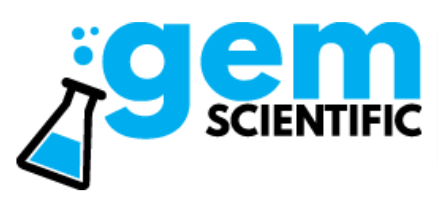
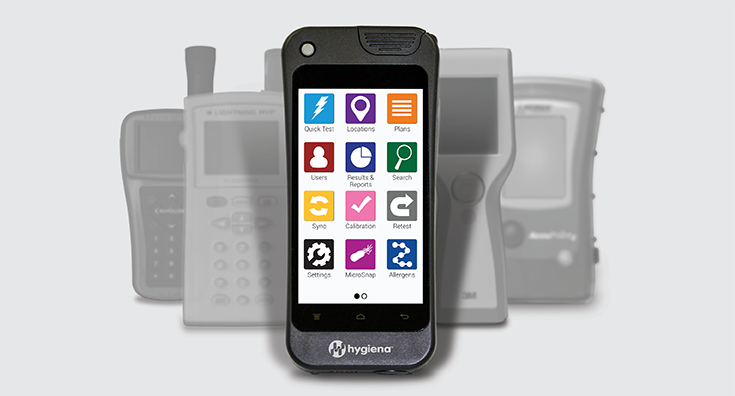

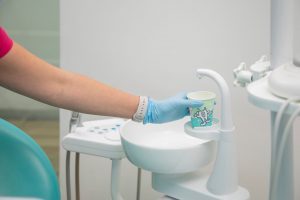

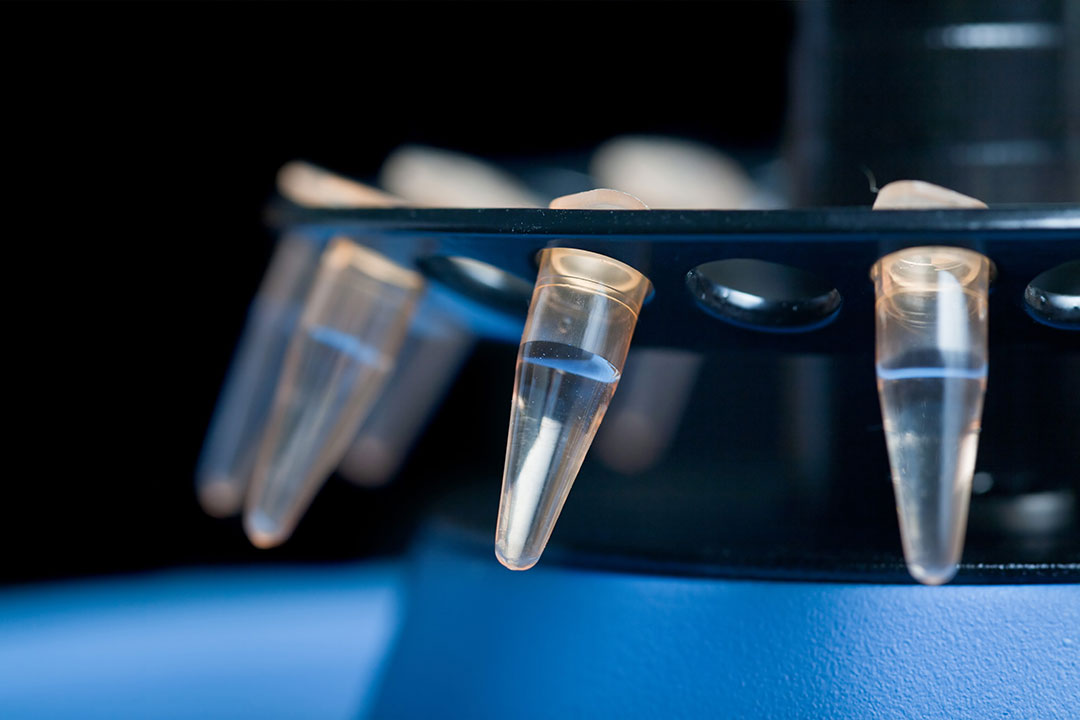
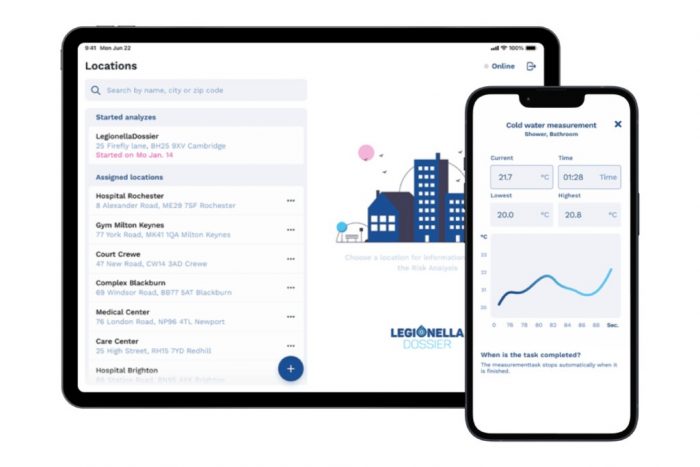
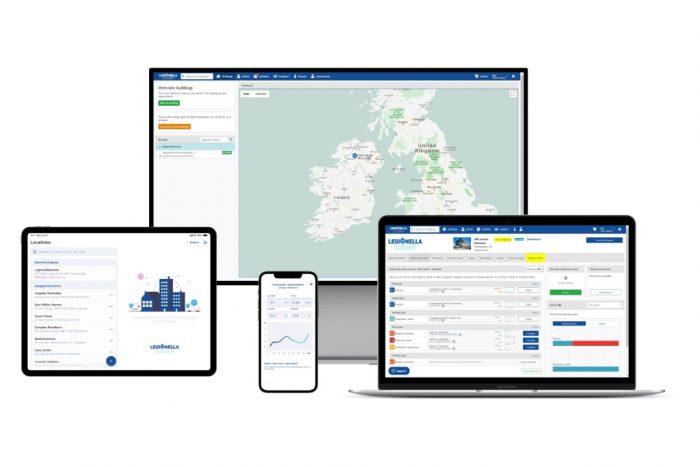 The Role Of Eti’s Thermapen Blue
The Role Of Eti’s Thermapen Blue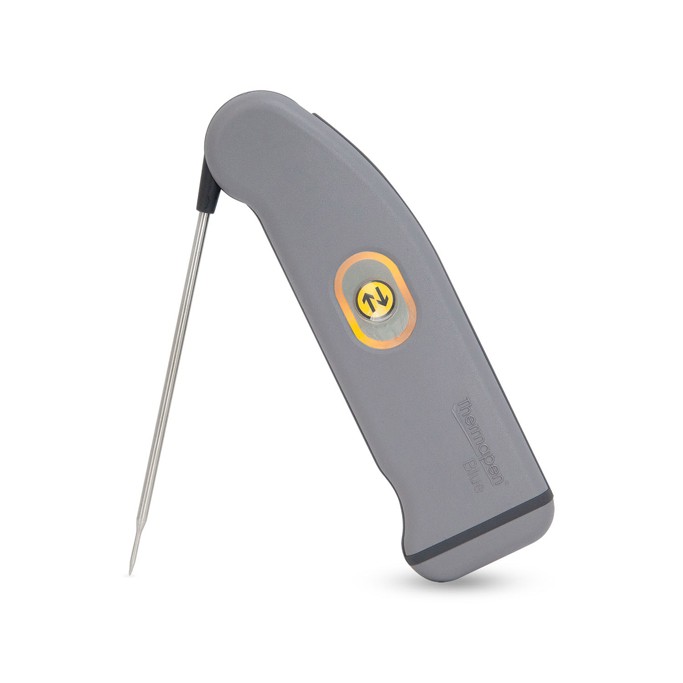 Ultimately, Legionella Dossier provides the means for facilities managers to ensure their buildings maintain safe water temperatures, and thus prevent the development of Legionella bacteria.
Legionella bacteria multiply in water at temperatures between 20°C and 45°C, particularly if a supply of nutrients is present, such as scale, rust, sludge or algae.
“This is where ETI probes come in, for those temperature checks that risk assessors and maintenance teams perform,” adds Gane. “It is also important to mention infrequently used water outlets, where there could be water just sitting stagnant. Often in these cases, they flush it through, using the probe to record the temperature and the length of flushing time. This builds up a bank of evidence to prove that the tasks have been completed.”
Readings taken from the Thermapen Blue wireless thermometer are fed back into the Legionella Dossier portal, providing building managers with the information they need to remain compliant and make informed remedial decisions when necessary.
These temperature-measuring practices are critically important to this end. Here in the UK, in recent years the Approved Code of Practice (ACOP) issued by the Government’s Health and Safety Executive (HSE) has been revised. It significantly extends the scope of its guidance on control of Legionella bacteria in water, the code now applying to all hot and cold water systems in the workplace regardless of their capacity.
And with public conscience around health and hygiene being higher than ever in the wake of the Covid pandemic, compliance with Legionnaire’s regulations is crucial to providing peace of mind to building users that their indoor environment is safe.
ETI’s collaboration with Legionella Dossier is helping this to happen. As the company deepens its presence in the UK market, we stand ready to support more building managers in their health and safety activities.
“A lot of people I sell to have a good relationship with ETI,” Gane says. “It is a trusted and respected brand within the market, and we’re very happy to work alongside them because it’s a very symbiotic relationship.”
Ultimately, Legionella Dossier provides the means for facilities managers to ensure their buildings maintain safe water temperatures, and thus prevent the development of Legionella bacteria.
Legionella bacteria multiply in water at temperatures between 20°C and 45°C, particularly if a supply of nutrients is present, such as scale, rust, sludge or algae.
“This is where ETI probes come in, for those temperature checks that risk assessors and maintenance teams perform,” adds Gane. “It is also important to mention infrequently used water outlets, where there could be water just sitting stagnant. Often in these cases, they flush it through, using the probe to record the temperature and the length of flushing time. This builds up a bank of evidence to prove that the tasks have been completed.”
Readings taken from the Thermapen Blue wireless thermometer are fed back into the Legionella Dossier portal, providing building managers with the information they need to remain compliant and make informed remedial decisions when necessary.
These temperature-measuring practices are critically important to this end. Here in the UK, in recent years the Approved Code of Practice (ACOP) issued by the Government’s Health and Safety Executive (HSE) has been revised. It significantly extends the scope of its guidance on control of Legionella bacteria in water, the code now applying to all hot and cold water systems in the workplace regardless of their capacity.
And with public conscience around health and hygiene being higher than ever in the wake of the Covid pandemic, compliance with Legionnaire’s regulations is crucial to providing peace of mind to building users that their indoor environment is safe.
ETI’s collaboration with Legionella Dossier is helping this to happen. As the company deepens its presence in the UK market, we stand ready to support more building managers in their health and safety activities.
“A lot of people I sell to have a good relationship with ETI,” Gane says. “It is a trusted and respected brand within the market, and we’re very happy to work alongside them because it’s a very symbiotic relationship.”